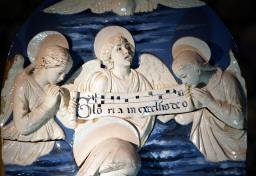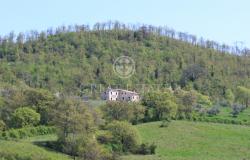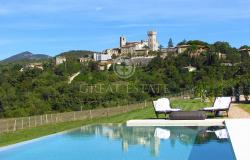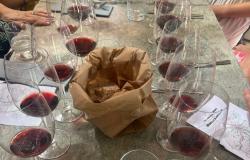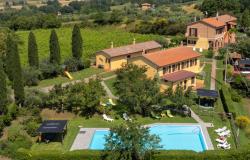The glazed sculptures of Luca Della Robbia and his family admired by Leonardo da Vinci and whose technique still baffles experts are on show in a sweeping exhibition devoted to the Renaissance master and his contemporaries.
Over 130 marble and terracotta works by Luca Della Robbia, his nephew Andrea and the latter's son Giovanni have been gathered at Arezzo's State Museum of Medieval and Modern Art to place the spotlight on what painter and historian Giorgio Vasari called '' a new and beautiful art''.
The glazed technique invented by Luca della Robbia to protect his creations from the elements prompted Leonardo to say that it ''had made painting eternal''.
Although a talented sculptor, Della Robbia was best known for this glazing which ensured that the colour and precision of his sculptures long outlasted those of his rivals.
The technique was a closely guarded secret, shared only with family members, and continues to astound experts today.
Laboratories in the Louvre have been carrying out diagnostic tests for months aimed at discovering the Della Robbia secret but have so far been unable to reproduce the technique.
''The skill of the Della Robbia family remains unsurpassed,'' said Giancarlo Gentilini, one of the show's curators.
''Luca Della Robbia created a new, practical and truly beautiful form that would shape a century of art''.
''This is an unconventional show because by looking at Della Robbia's art it gives us the opportunity to understand the milieu of artisans' workshops and artists' studios and see how freely information flowed among them,'' said Gentilini.
Gentilini stressed that a number of pieces have been especially restored for the show and that at least 30 others which were previously uncatalogued were discovered by experts helping to prepare it, including the marble sculpture which greets visitors at the door.
The exhibit features a number of the Della Robbias' most important works, as well as pieces chosen to highlight the interaction between Renaissance sculpture, art and architecture.
It starts with Luca Della Robbia's earliest works, including drawings, plasters and marbles, before moving into his first terracotta pieces, such as his Madonna of the Apple, which Lorenzo de Medici kept in his bedroom.
The show then focuses on the brilliantly coloured pieces of Andrea, including some of his touching portraits of children and noblewomen, before looking at work by Giovanni.
Of particular interest will be a number of restored Della Robbias going on display for the first time, and a beautifully coloured Annunciation missing for centuries. Designed for a church in the Tuscan town of Barga, this was spirited away not long after its creation and only recently discovered hidden inside a wall during renovation work of a nearby building.
The nature of the Della Robbias work means that much of it cannot be moved, so in addition to the central event, organizers have also created five external itineraries.
These will lead interested visitors to over 200 pieces located in churches and public sites around the province, taking in altarpieces, bas-reliefs and other precious works of art. The exhibition, which runs until June 7, also includes paintings and sculptures by other Renaissance greats such as Filippo Lippi, Donatello, Brunelleschi, Ghiberti and Andrea del Verrocchio.
